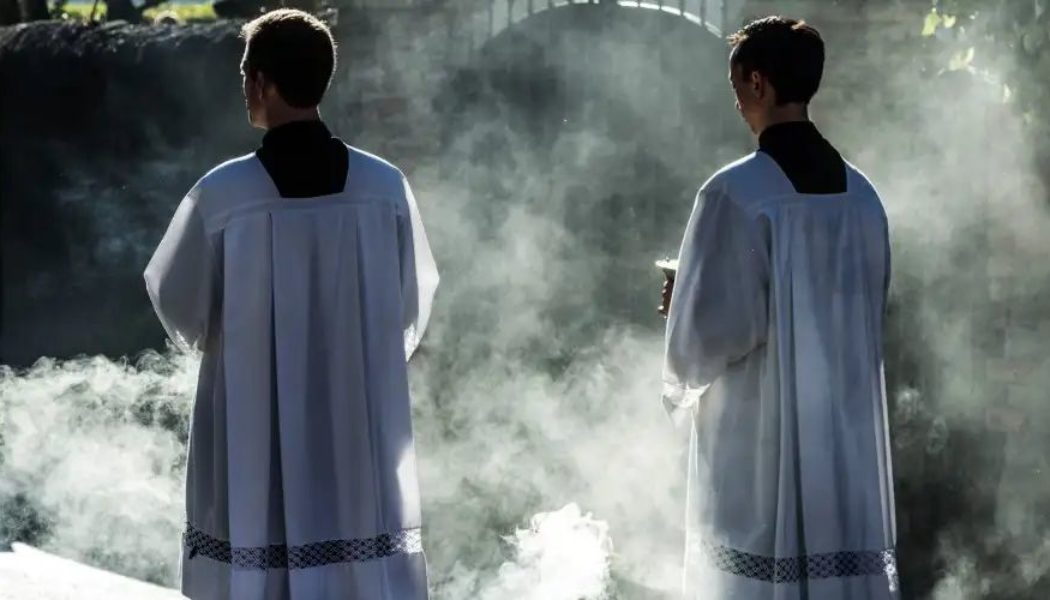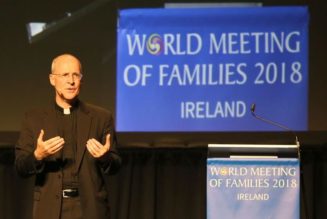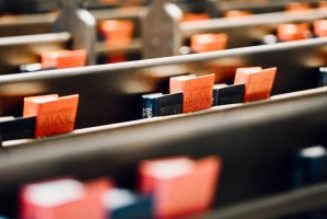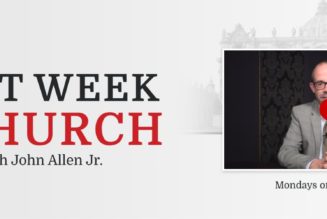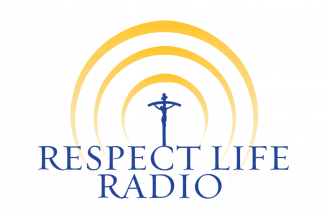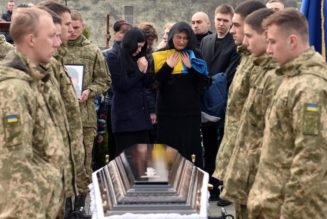
Father Wyman Vintson, the director of diocesan vocations there, said Birmingham has had “the same shortage of priests that everybody throughout the country has had” in recent years.
However, the surge in seminarians, he said, is “an indication of a growth in the Church” in the region.
“It helps to generate some optimism among the clergy as well as the laity,” he said. “It’s a very encouraging thing to have the most seminarians you’ve had in 54 years.”
Vintson said the diocese sends its seminarians to several regional seminaries, including Pontifical College Josephinum in Columbus, Ohio, and Notre Dame Seminary in New Orleans. He said it looks like the elevated number of seminarians enjoyed by the diocese may remain high in the near future.
“We have four in application at the moment. It’s looking very positive,” he said. “We just keep trying to focus on being open to the call that Jesus is making to these men as they approach us.”
Vintson said the vocations office does much of its outreach through campus ministry programs. He said young men who show an interest in the priesthood are often permitted to spend a weekend at one of the diocesan seminaries in order to see if they want to pursue the vocation further.
“We’re very proud of our seminarians,” he said, “and we’re thankful to the people of the diocese who are helping to send them to seminary and nurture and affirm them and help them to grow.”
Sandy Cunningham, the marketing director at Saint Joseph Abbey and Seminary College in Saint Benedict, Louisiana, said her school’s enrollment numbers are “pretty much unchanged” over recent years, with “about 100 [students] plus or minus.”
She said the school estimates that “only 25% of our students become priests” on a regular basis.
Yet Cunningham did say that in a recent batch of 30 graduates “only two reported they were not continuing on toward the priesthood.” Those graduates were “either receiving a bachelor’s degree or finishing a two-year theology program for students who already had a bachelor’s degree,” she said. (Those high numbers were “not the norm,” she pointed out.)
What’s driving local surges?
(Story continues below)
A vital question for the Church, of course, is: What’s driving localized spikes in seminarian enrollment? And can it be replicated elsewhere?
Father Carter Griffin, the rector of Saint John Paul II Seminary in Washington, D.C., said the strong numbers in some dioceses and seminaries are likely the result of years of long work on the part of local Church leaders.
“The most successful promoters of the priesthood are joyful, faithful priests in the parishes,” he told CNA.
“Consistently strong numbers [not just a banner year] are the cumulative effect of many years of careful selection and formation of priests,” he said. “One has to play the long game, not just get big numbers in the seminary, so that there are healthy priests in parishes.”
“Getting vocations from zero to 60 takes 20 years, not two years,” he added. “It’s building a genuine culture of vocations, not a slick vocations program.”
Griffin suggested the overall decline is likely due to a number of factors, including “demoralization in the priesthood” as well as “poor doctrinal formation and a loss of focus and fortitude in the face of aggressive secularization.”
